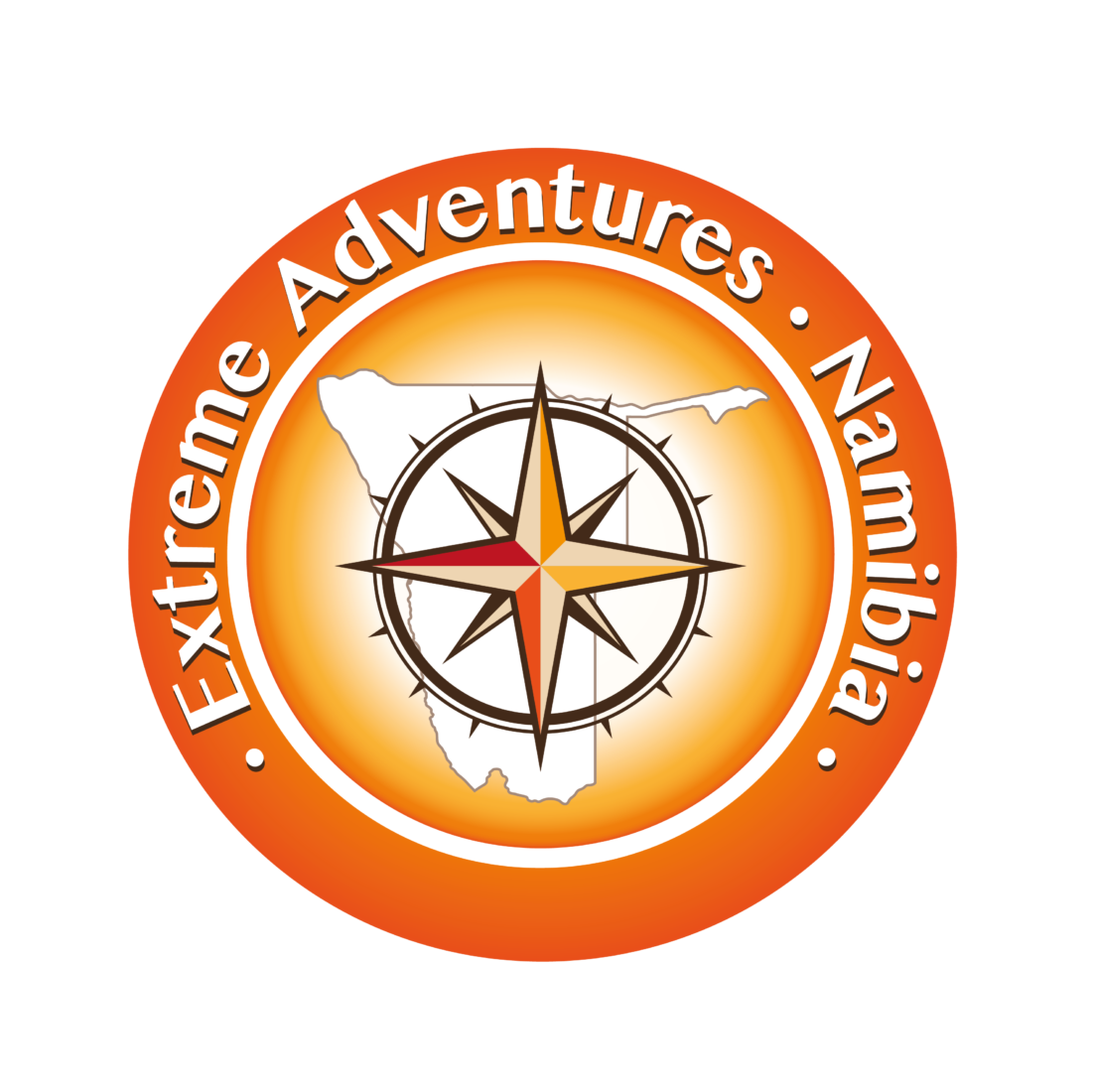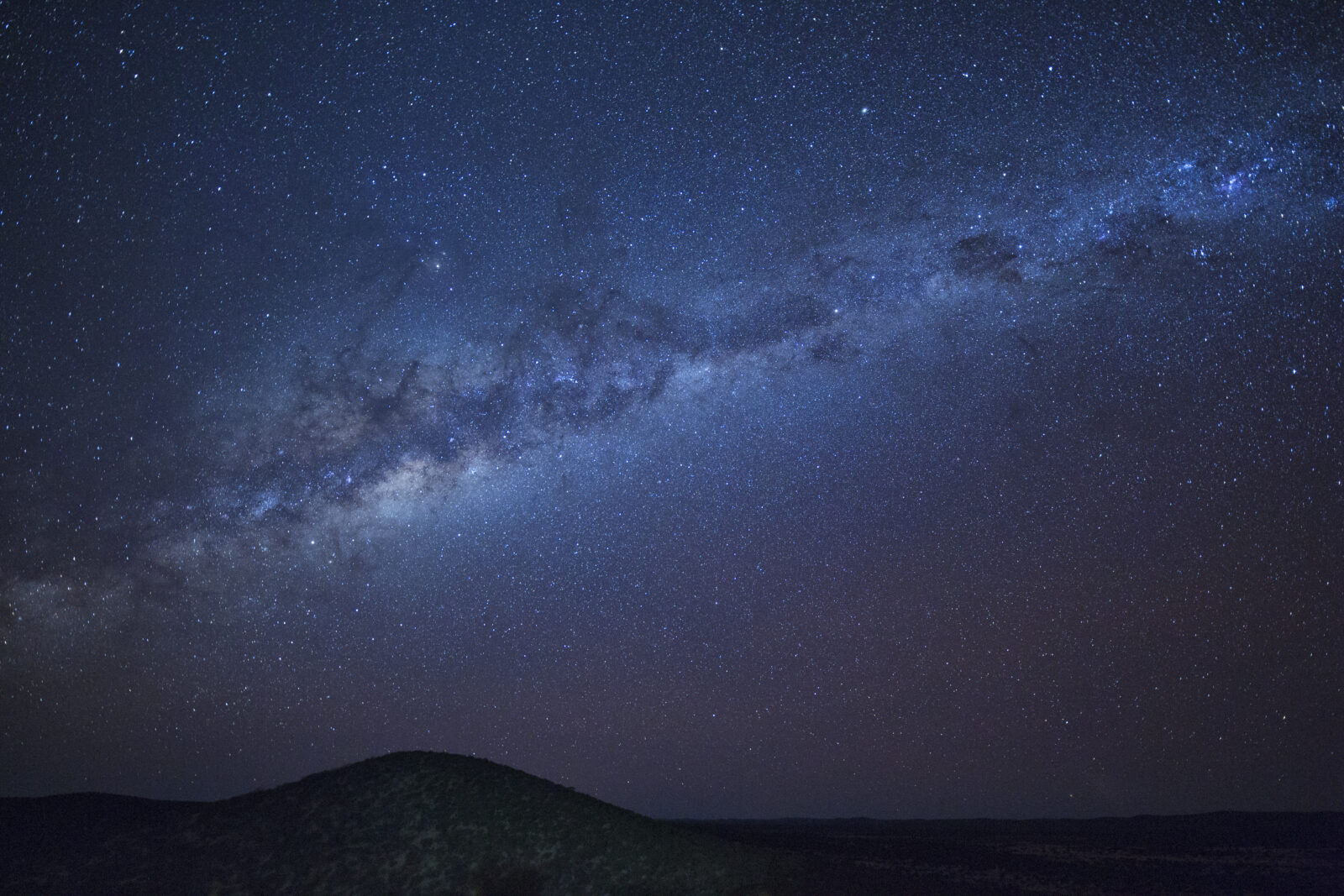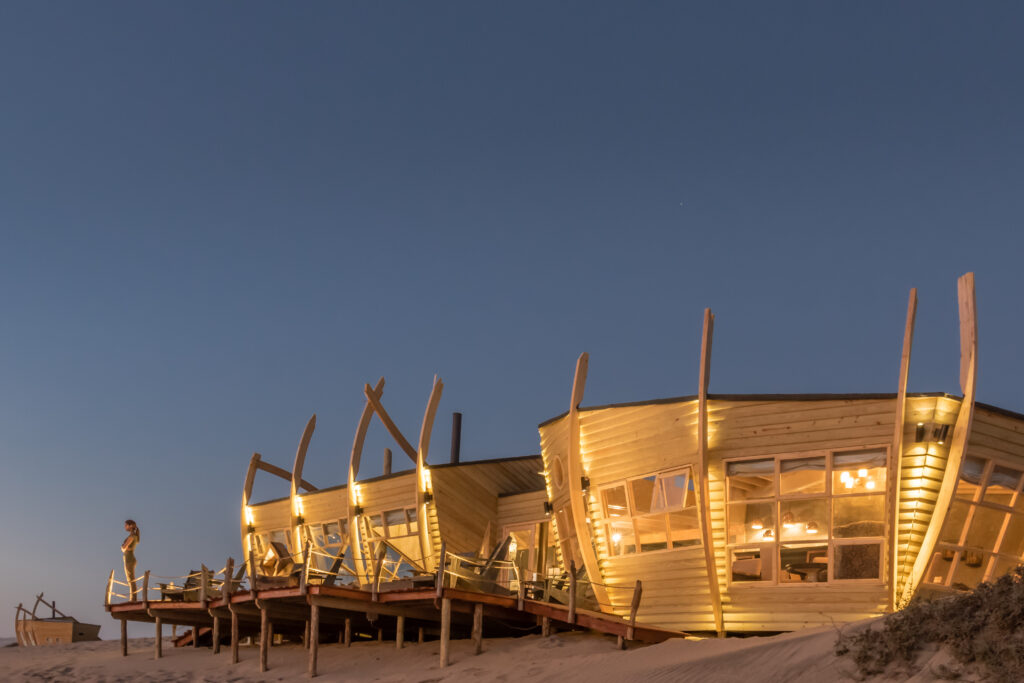Fifteen more places to see when visiting this beautiful country.
Namibians celebrate their heritage yearly with Heritage Week. This is an annual event that takes place around September each year and gives all Namibians the opportunity to participate in the Namibian culture and natural heritage in one way or another.
Namibia boasts a huge variety of heritage sites just to mention more than 16 that includes:
The huge Etosha National Park with wildlife and desert elephants. Giraffe, Springbok, Oryx (Gemsbok), and zebras at Nebrownii in the Etosha National Park, Namibia

Namibia is home to almost 35 000 San people. They are friendly, creative, and very peaceful people. They survive by hunting antelope with a bow and arrow and have a very nomadic way of life.

Twyfelfontein is known for its unique rock engravings, and don’t forget the petrified forest in Damaraland which is estimated to be around 260 million years old.


There is the Namib-Naukluft Park which is known for its landscapes and natural beauty.

The Fish River Canyon in the south of Namibia is famous for its hiking trail and its natural hot water spring that ensures at least one night’s hot bath on your hike.

The Namib Desert is known to be the Oldest Desert in the world, giving rise to some of the tallest dunes on the planet, including Dune 45 close to the Sesriem gate; The Big Daddy Dune at Sossusvlei, and Dune 7 in Walvis Bay. It is along the Atlantic Ocean on the west coast of Namibia where land and sea come together leaving you in awe of nature’s beauty.

Duwisib Castle is a large fortress on the edge of the Namib dune desert, build in 1909 by the German baron Captain Hans Heinrich von Wolf serving as his residence. He was a military officer. The property is owned by the government since 1979.

Heroes Acre outside Windhoek in the Auas Mountains is an official war memorial Museum that was conceived by President Sam Nujoma in 2002.

The Alte Feste Fortress and museum that is built in the heart of the capital, by Captain Curt von Francois. It is known to be the oldest building in Windhoek and served as the headquarters of the Germans during German colocalization in 1915.

Brandberg Mountain is famous for its numerous rock paintings, scientists say some are as old as 2000 to 4000 years old. It is believed that the San(Bushmen) people who inhabited the area long ago made the drawings.

The Quiver Tree Forest in the south of Namibia is also a popular tourist destination.

The Okavango Delta is one of the largest freshwater wetlands and is known to be one of the Seven Natural Wonders of Africa

Kolmanskop known to be a ghost town outside Luderitz Bught in the south of Namibia was very rich in diamonds, but the area was depleted in the early 1930s and the last people left the town by 1956.

Woermanhaus also known as “Damara Tower” was completed in 1905, this is where observers came to look for ships in the ocean and ox wagons in the desert, it was called Damara and Namaqua trading until the company sold its shares to the Woermann company in 1909.

There are almost 500 Shipwrecks scattered along the Skeleton coast, some of the famous being the Gertrud Woermann 11, the Eduard Bohlen, The Winston, The Otvi, The Dunedin star, The SS Sir Charles Elliot, The Natal Coast, the MS Vipava, The Suiderkus, The Zeila, the Chamarel, all with its story on why it never sailed from the skeleton coast.

These are just a few to add to the rich Namibian Culture and Heritage.




